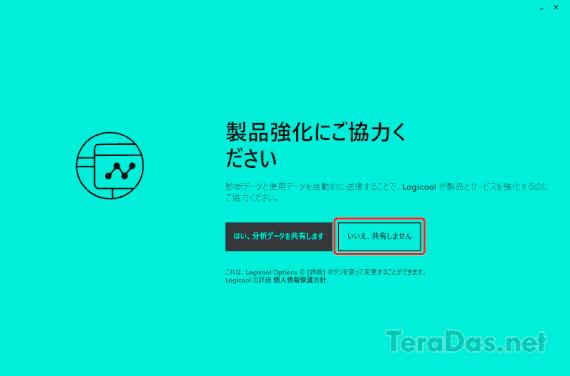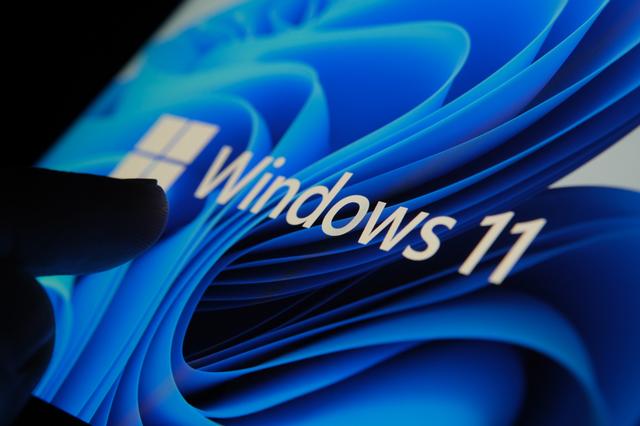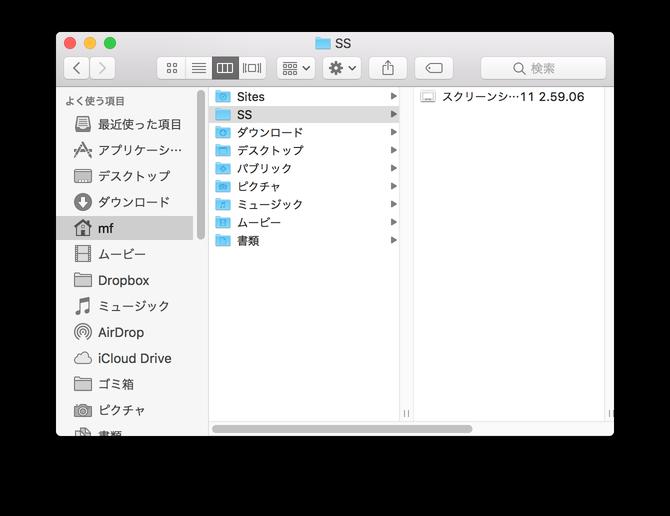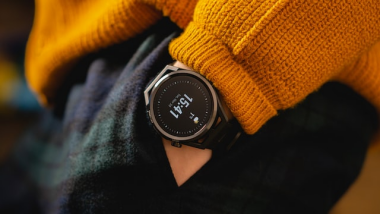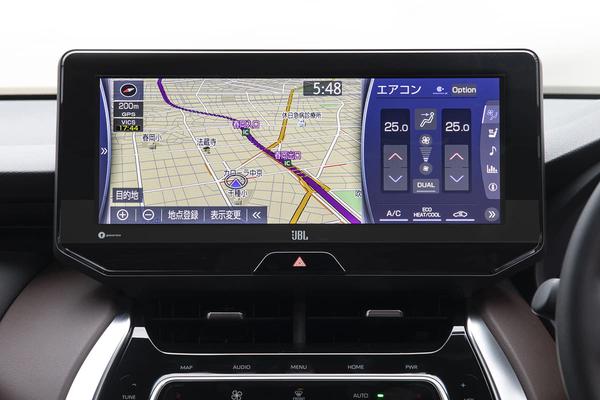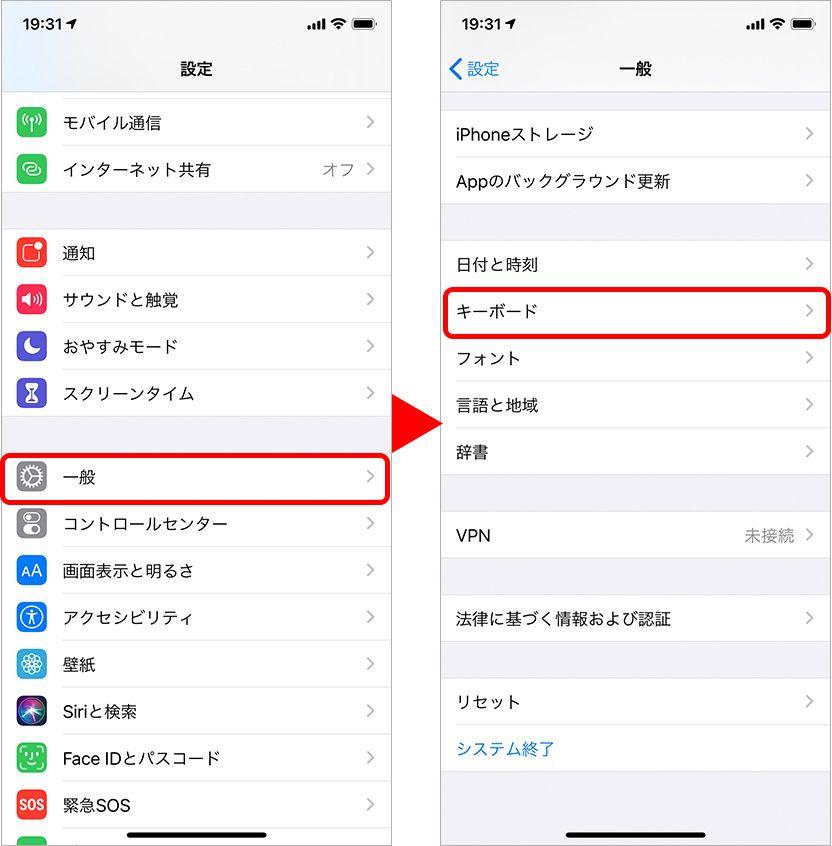Explaining Sonos' patent that forced Google to change the specifications of smart speakers (2)
Excuse me for the gap, it is a continuation of "Explanation of Sonos' patent that forced Google to change the specifications of smart speakers (1)". If you'd like to get a quick look at Sonos and Google's patent infringement for free, see the first article first.
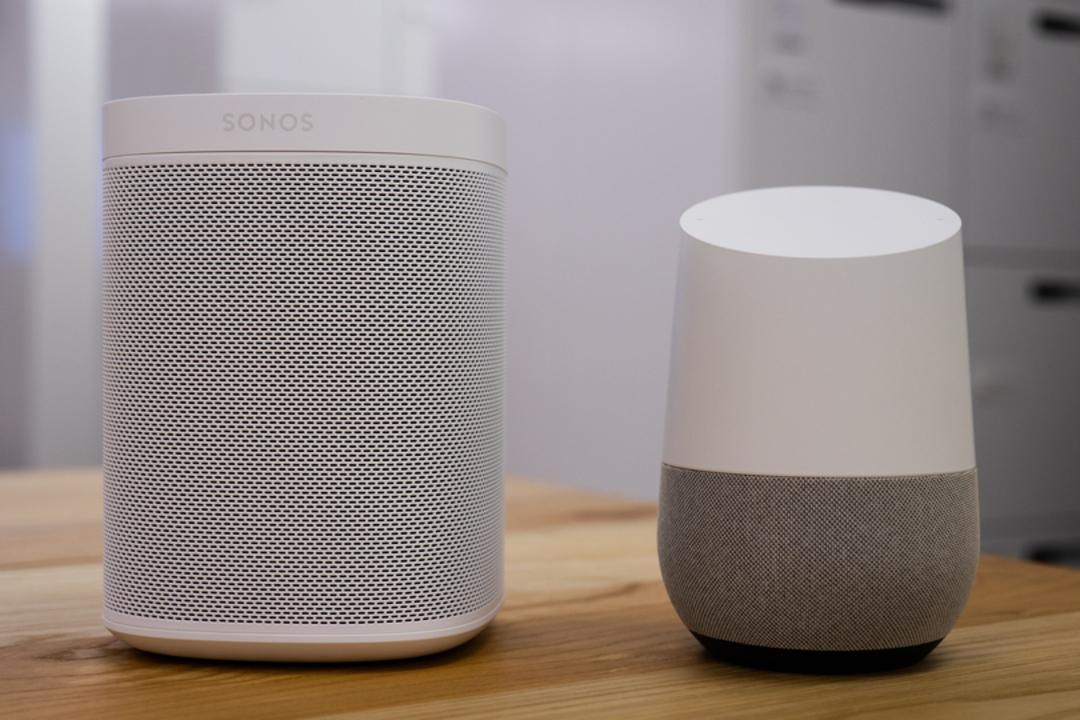
This time, we will look at US9,195,258. The title of the invention is "System and method for synchronizing operations among a plurality of independently clocked digital data processing devices", and the effective filing date (priority date) is July 28, 2003. The registration date is November 24, 2015.
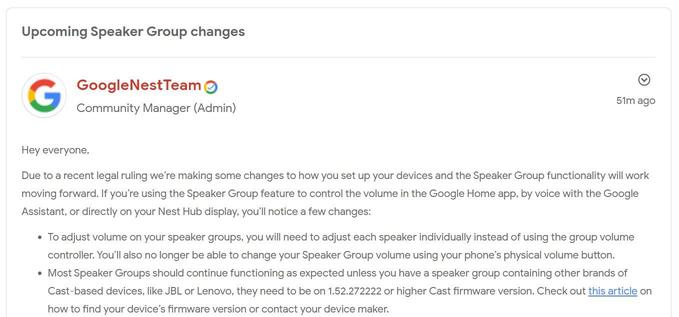
The basic idea is to synchronize the playback of multiple networked network speakers. For example, it is a use case where multiple network speakers are installed in a home or office to play BGM. If no measures are taken, the playback timing will be slightly off and echoes and flangers will occur, but this is an invention to avoid them. At the time of 2003, such an idea itself seemed to be novel, and it has been granted rights in a fairly wide range.
This patent seems to be a basic patent of Sonos, and several family applications have been patented in Japan (the points of the invention are the same, but the composition of the claims is slightly different), so in Japan. Companies selling this type of product may want to be aware (although they may already have a license agreement). When searching for Japanese patents, please note that the Japanese notation for Sonos is "Sonos" instead of "Sonos".
The contents of claim 1 are as follows.
